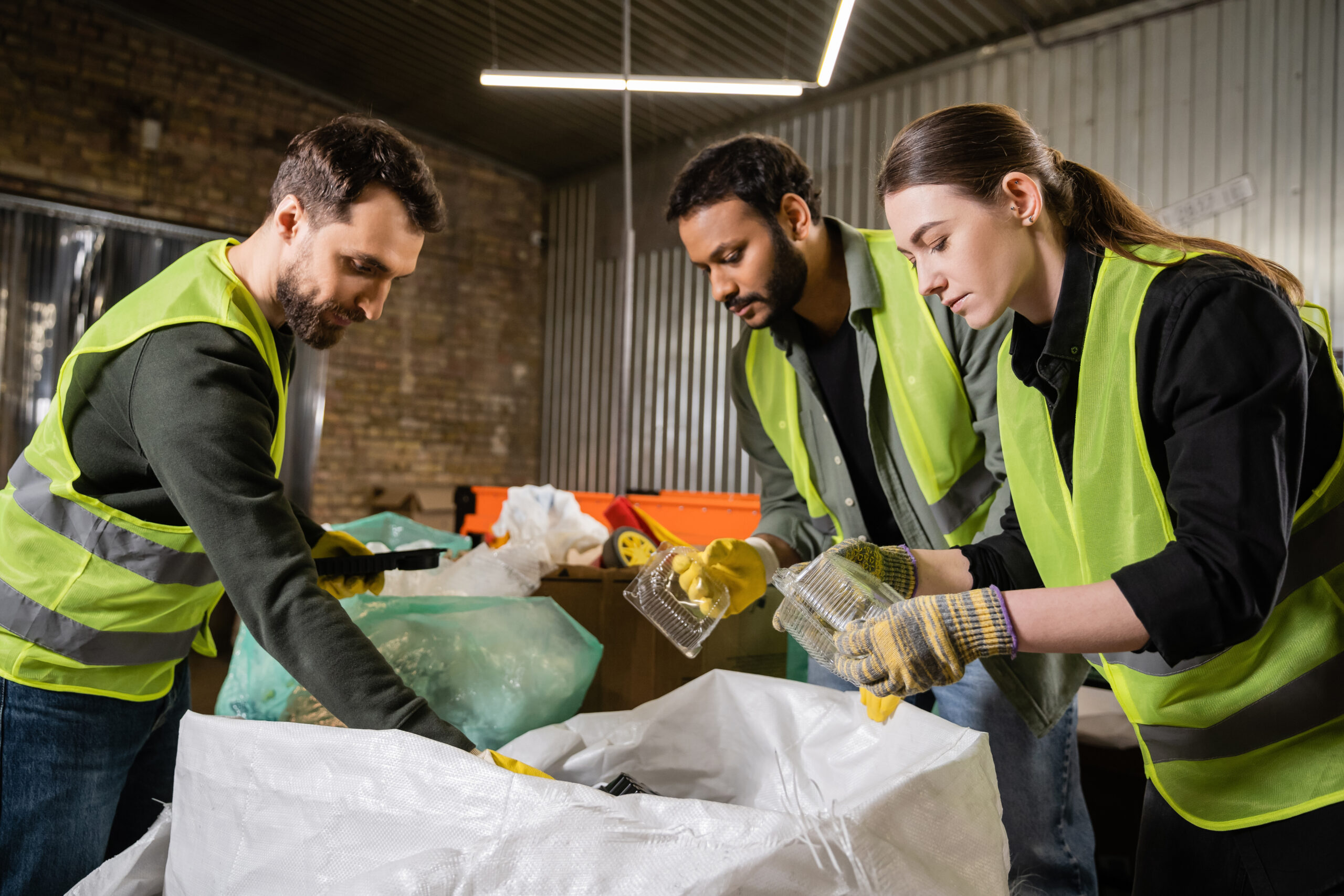Recycling hazardous waste is a critical step in safeguarding the environment, conserving resources, and protecting public health. As the production and consumption of hazardous materials grow, finding efficient and safe recycling methods becomes ever more crucial. This guide explores everything you need to know about where to recycle hazardous waste, the processes involved, and why it matters.
What is Hazardous Waste?
Hazardous waste includes substances that pose a threat to human health or the environment due to their toxicity, flammability, corrosivity, or reactivity. Common examples include:
- Household Hazardous Waste (HHW): Batteries, paint, cleaning chemicals, pesticides, and e-waste.
- Industrial Hazardous Waste: Solvents, heavy metals, and by-products from chemical or petroleum industries.
- Construction and Demolition Waste: Asbestos, treated wood, and lead-based paints.
Understanding where to recycle hazardous waste ensures these materials are managed properly, reducing environmental and health risks.
Importance of Recycling Hazardous Waste
Recycling hazardous waste offers significant environmental and economic benefits:
- Environmental Protection: Prevents soil, water, and air contamination.
- Resource Conservation: Recovers valuable materials like metals and solvents.
- Economic Benefits: Reduces disposal costs and supports the recycling industry.
- Compliance: Adheres to local and national environmental regulations.
Where to Recycle Hazardous Waste
1. Municipal Recycling Centers
Most cities provide designated recycling centers for hazardous waste. These facilities are equipped to handle items such as:
- Used motor oil
- Batteries (alkaline, lithium-ion, lead-acid)
- Electronics (e-waste)
Example:
Stanislaus County, California, offers weekly HHW drop-off programs to manage hazardous waste effectively (Spencer, 1989).
2. Specialized Recycling Facilities
Facilities that specialize in hazardous waste recycling focus on recovering materials and neutralizing toxic substances. Examples include:
- E-Waste Recycling Centers: Extract metals like gold and copper from electronics.
- Battery Recycling Facilities: Process lithium-ion, lead-acid, and other batteries.
- Solvent Recovery Plants: Reclaim industrial solvents for reuse.
Case Study:
Heritage Environmental Services recycles industrial hazardous waste, focusing on resource recovery (Mattheis, 1987).
3. Retailer Take-Back Programs
Many retailers offer take-back programs for hazardous items like:
- Fluorescent Bulbs: Home Depot and Lowe’s often accept these.
- Electronics: Best Buy and Staples have e-waste recycling programs.
- Batteries: Some retailers partner with recycling initiatives to handle battery disposal.
4. Community Collection Events
Local governments organize hazardous waste collection events where residents can drop off materials for safe disposal or recycling. These events are particularly useful for items like paint, solvents, and pesticides (Durso-Hughes & Lewis, 1982).
Methods of Recycling Hazardous Waste
Material Recovery
- Metals Recovery: Extract metals such as lead, copper, or gold from e-waste.
- Solvent Recovery: Recycle industrial solvents for future use.
Energy Recovery
- Incinerate hazardous organic waste to recover energy in the form of heat or steam.
Neutralization and Reuse
- Neutralize acids and bases for safe reuse in industrial processes (Noll et al., 1986).
Statistics on Hazardous Waste Recycling
| Category | Statistics | Source |
| Hazardous Waste Generation (U.S.) | 35.8 million tons (2021) | Statista |
| Hazardous Waste Recycled (U.S.) | 1.5 million tons (2017) | EPA |
| Global E-Waste Generation | 53.6 million metric tons (2019) | Wikipedia |
| E-Waste Recycling Rate (Global) | <20% (2021) | Wikipedia |
| U.S. Hazardous Waste Management Industry Revenue | $8.9 billion (2022) | Statista |
Challenges in Recycling Hazardous Waste
- Complex Waste Streams: Mixed hazardous and non-hazardous waste complicates recycling.
- High Costs: Specialized facilities and transportation increase costs.
- Public Awareness: Many people are unaware of proper disposal methods.
- Regulatory Barriers: Stringent regulations can discourage recycling initiatives.
Conclusion
Recycling hazardous waste is not only a regulatory requirement but also a social responsibility. With options like municipal recycling centers, specialized facilities, retailer programs, and community events, there are accessible ways for everyone to contribute. By understanding where to recycle hazardous waste and utilizing the available resources, we can protect our environment, conserve valuable materials, and ensure a safer future.

Leave a Reply